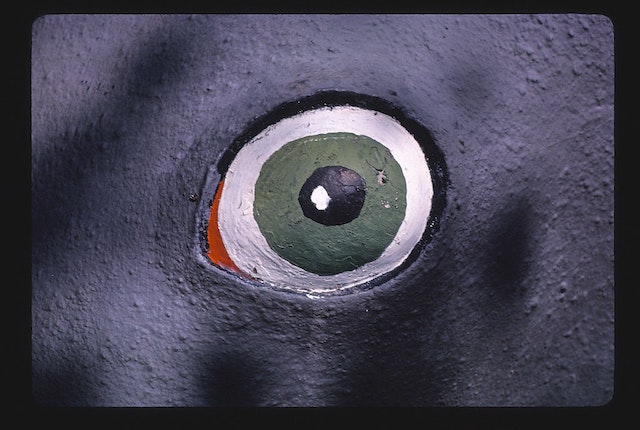Featured in

- Published 20241105
- ISBN: 978-1-923213-01-2
- Extent: 196 pp
- Paperback, ebook, PDF


Already a subscriber? Sign in here
If you are an educator or student wishing to access content for study purposes please contact us at griffithreview@griffith.edu.au
Share article
About the author

Shelley Parker-Chan
Shelley Parker-Chan is the author of award-winning historical fantasy novels. Their most recent book is He Who Drowned the World, which was published in 2023.
More from this edition

The power of a curse
Non-fiction IT WAS JANUARY 1995 when my father showed me how to lay a Gypsy curse. I had just published my first novel, Crazy Paving, and...

Believe it or not
IntroductionCultural critic Chuck Klosterman reminds us that ‘any present-tense version of the world is unstable. What we currently consider to be true – both objectively and subjectively – is habitually provisional.’

Baba
Poetry A friend suggests a psychologist, but my grandmother was a house witch, her mother the thirteenth child of the thirteenth child. Knock twice on the cards...